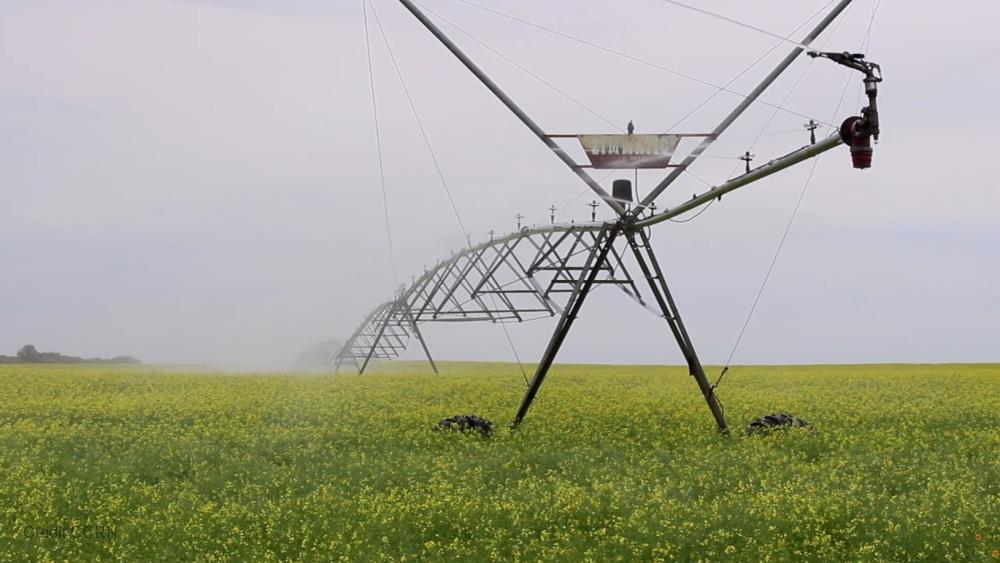
Related items loading ...
Section 1: Overview
Name of Research Project
|
Related Project
|
Part
|
|
GWF-NGS: Next Generation Solutions for Healthy Water Resources
|
|
|
|
|
|
|
|
Program Affiliations
Related Research Project(s)
|
GWF-NGS: Next Generation Solutions for Healthy Water Resources | |
Dataset Title
Ecogenomic assessment of dilbit on boreal aquatic ecosystems: a mesocosm study
Additional Information
Creators and Contributors
|
John Giesy | Point of Contact, Principal Investigator | john.giesy@usask.ca | University of Saskatchewan |
Yuwei Xie | Point of Contact, Originator | yuwei.xie@usask.ca | University of Saskatchewan |
Vince Palace | Collaborator | | IISD-Experimental Lakes Area (ELA) |
Michael Paterson | Collaborator | | IISD-Experimental Lakes Area (ELA) |
Tyler Black | Collaborator | | University of Manitoba |
Mark Servos | Principal Investigator | | University of Waterloo |
Abstract
Data for environmental DNA collection will include water chemistry measurements, water collection, filtration and extraction of DNA/RNA from filters. Metabarcoding data of zooplankton DNA and sedimentary DNA is generated via next-generation sequencing. Bioinformatic pipeline is applied to processing sequence data and convert it to human-readable data.
Purpose
This project aims to study the effects of diluted bitumen on the aquatic ecosystem by use of environmental DNA (eDNA) metabarcoding. Zooplankton and benthos were characterized by amplicon next-generation sequencing. eDNA metabarcoding is being compared with morphology-based species identification for both zooplankton and macroinvertebrate. The data set also serves for the development of tools for risk assessment of eDNA. This data set is collected for the project titled Next Generation Solutions to Ensure Healthy Water Resources for Future Generations. This sub-project of eDNA project is collaborated with BOREAL project conducted at IISD-ELA. This is a Pillar 3 project under the Global Water Futures Program funded by Canada First Research Excellence Fund.
Plain Language Summary
Freshwater ecosystems are under threat from and being accidental imperiled by increased development, transport and release of dilbit. The ecosystem responses of freshwater ecosystems to dilbit are also largely unknown due to the extremely high biodiversity. eDNA metabarcoding can be used to monitoring multiple communities in aquatic ecosystems. Controlled mesocosm experiments were conducted at ELA. Collection of eDNA from the water allows for identification of all organisms within a community and is a very useful tool to measure biodiversity. This will allow for predictive measurements of ecosystem health, ensuring that we can maintain healthy water resources for future generations.
Keywords
|
eDNA |
metabarcoding |
Next-generation sequencing |
benthic invertebrates |
bioinformatics |
freshwater |
lake |
zooplankton |
ecosystem health |
water quality |
invasive species |
zebra mussels |
biomonitoring |
water management |
diluted bitumen |
mesocosm |
oil spill |
Citations
Section 3: Status and Provenance
Dataset Version
1
Dataset Creation Date
Status of data collection/production
Dataset Completion or Abandonment Date
Data Update Frequency
Creation Software
Primary Source of Data
Other Source of Data (if applicable)
Data Lineage (if applicable). Please include versions (e.g., input and forcing data, models, and coupling modules; instrument measurements; surveys; sample collections; etc.)
Section 4: Access and Downloads
Access to the Dataset
Terms of Use
Does the data have access restrictions?
Downloading and Characteristics of the Dataset
Download Links and Instructions
data is under embargo.
Total Size of all Dataset Files (GB)
File formats and online databases
Other Data Formats (if applicable)
List of Parameters and Variables


 GWFNet
GWFNet Master
Master Data
Data Research
Research Map
Map
 Advanced
Advanced Tools
Tools
 . . .
. . .
 Metadata Editor
Metadata Editor
 Record List
Record List
 Alias List Editor
Alias List Editor
 Legacy sites
Legacy sites